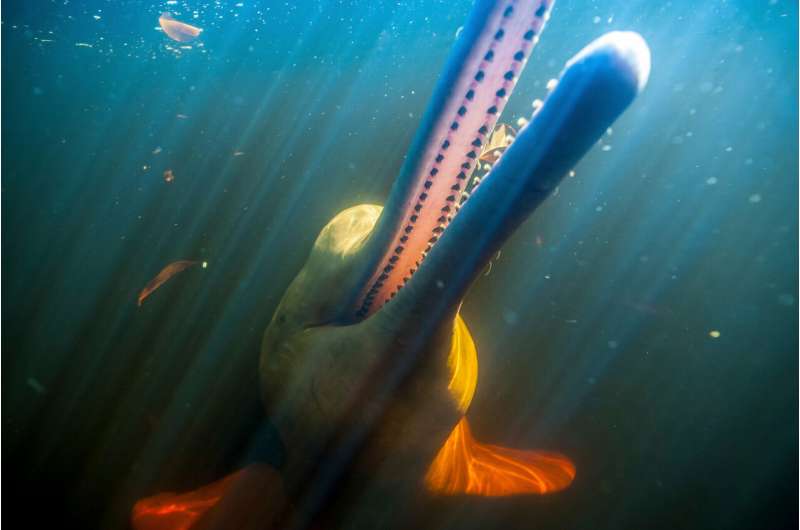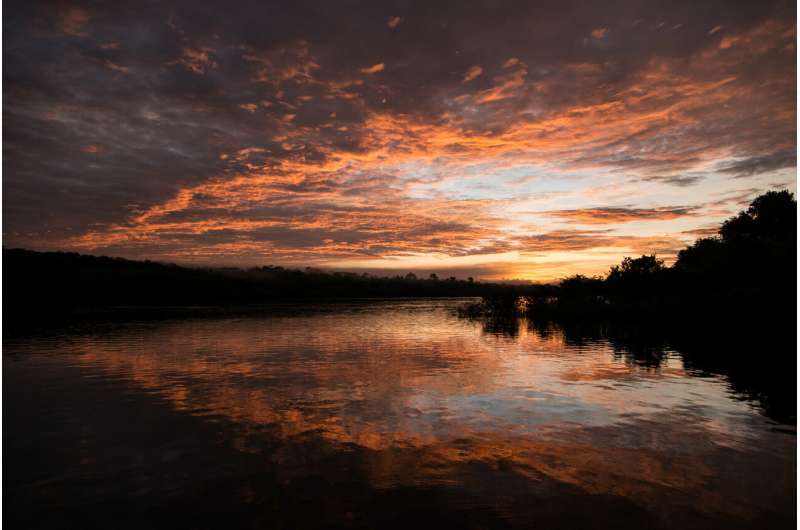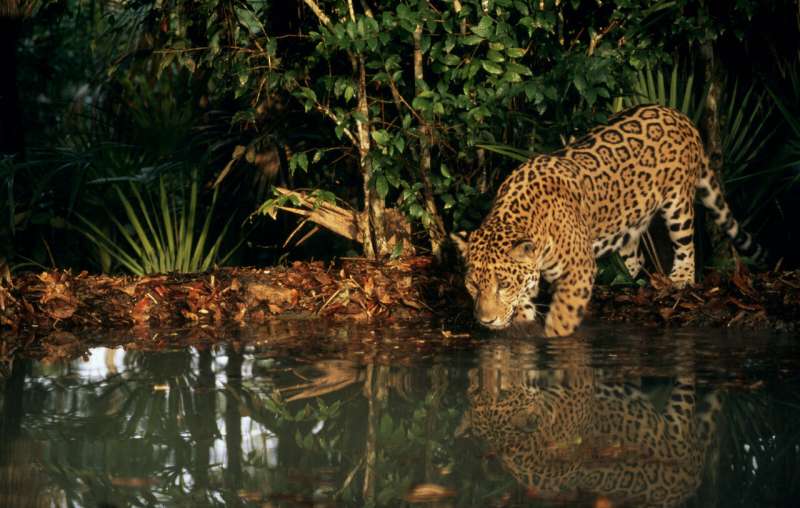A new study reveals the Amazon is losing surface water

A new study shows that large amounts of surface freshwater are being lost every year in the Amazon. The changes are being caused by human intervention, including hydropower dams and deforestation, and climate change.
A major new study of the Amazon has revealed an alarming trend, with the region losing as much as 350 km2 of surface freshwater every year on average. The loss is related to the construction of hydropower dams, deforestation and climate change.
Carried out by WWF-Brazil and the Man and Environment Institute of Amazonia (Imazon) – as part of the MapBiomas Project and with the support of Google Earth Engine – this was the first time that a study of this magnitude has been carried out across the Amazon biome.
Relying on images from Landsat satellites collected over 33 years (from 1985 to 2017), new data processing technology and dedicated research, the study provides new insights and observations relating to changes in the Amazon's water bodies.
The results of this analysis, titled "Long-Term Annual Surface Water Change in the Brazilian Amazon Biome: Potential Links with Deforestation, Infrastructure Development and Climate Change," were published this week in a special edition of the scientific publication Water.
Causes and Impacts

Bernardo Caldas, conservation analyst for WWF-Brazil's Science Program and an author of the report, explains that there is a direct correlation between the loss of water surface in the Amazon and human interventions, including the construction of hydropower and deforestation.
Small hydropower plants, major infrastructure works, weirs, dams and fish farms all have an impact on the natural dynamics and ecological services of the river basin.
These human interventions are most prominent in the zone known as the "deforestation arch" in the southern Amazon and the areas most affected by this loss in surface freshwater are the floodplains and lagoons that form from the ebb and flow of the water.
"The loss of these dynamic habitats, which are influenced by the natural pumping and flow of the water, endangers freshwater dolphins, fish, turtles and many other species that depend on these sites to breed," explained Caldas. "We are losing the breeding sites where life in the Amazon originates. As a result, the communities that depend on this biodiversity will also be affected."
Caldas also emphasises that water does not obey state or national boundaries. Its unit is the water basin, comprising the network of rivers and the natural flow of water.
"Strategic environmental macroplanning is required that considers not just larger structures, but also the cumulative impact of thousands of small projects that can affect the environmental services provided by a particular water basin," added Caldas. "These services include the supply of water for local populations, animal husbandry, agricultural production, livestock raising, food security, communities, tourism, and the need to ensure ecosystems have the time and space to maintain themselves."

The unprecedented scale of the study and the complexity of the region presented a host of challenges. Indeed, the research would not have been possible until recent technological advancements in the processing of large volumes of data.
"We use servers spread throughout the world to process an impressive volume of satellite images," said Carlos Souza, researcher at Man and Environment Institute of Amazonia (Imazon). "This would have been almost impossible just a few years ago."
This new study could pave the way for regular annual monitoring of the region's water bodies, including rivers, lakes and floodable wetlands.
It is also part of a series of studies being performed by WWF-Brazil to analyse the fragmentation of Amazon's rivers and the consequences for the ecosystem. Developed alongside a range of partners in the region, the purpose of this analysis is to bring together aspects of hydrology and biodiversity to gain a cross-border perspective.
An ecologically healthy Amazon that can continue to benefit everyone through products and services from its land and aquatic ecosystems – both locally and globally – is indispensable. These studies currently being developed by WWF-Brazil and its partners are widening our understanding of this complex and fundamental natural system.
More information: Carlos Souza et al. Long-Term Annual Surface Water Change in the Brazilian Amazon Biome: Potential Links with Deforestation, Infrastructure Development and Climate Change, Water (2019). DOI: 10.3390/w11030566
Provided by WWF




















